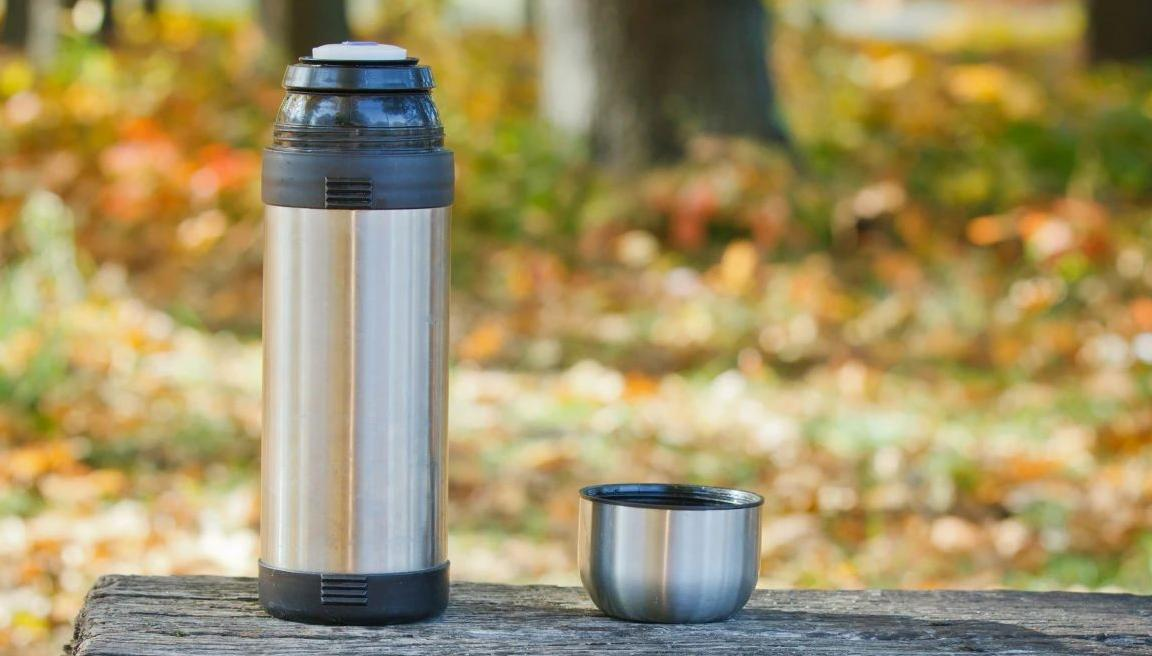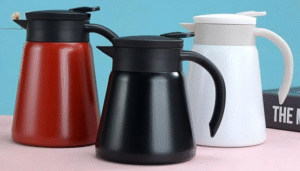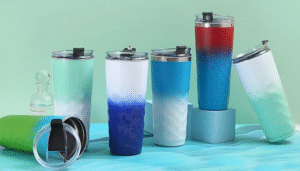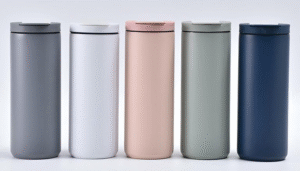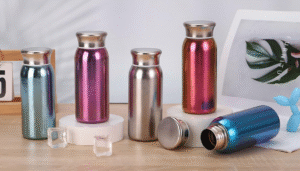Thermos, also known as hot water bottle, is a masterpiece of British scientist Duval, but it was named by German glassmaker Reinhold Berg. The design of the thermos bottle is clever, with a vacuum between the inner and outer walls. Without air, heat cannot be transferred in the vacuum, so the liquid in the bottle can be kept warm for a long time.
1. The origin of the name of the thermos cup
In 1900, Dewar successfully liquefied hydrogen gas at ultra-low temperatures, but preserving liquid hydrogen became a challenge due to the inability of ordinary glass bottles to keep it warm. In order to preserve liquid hydrogen for a long time, Dewar decided to develop thermos flasks. He found that the convection of hot water and ice with the outside air can cause a decrease in temperature, and even if a stopper is used to block the bottle mouth, the heat conduction of the bottle itself will cause heat loss. So he designed a double-layer vacuum bottle to remove the air in the compartment and cut off heat conduction. But thermal radiation is still a problem, so he applied silver or reflective coating in the vacuum compartment to block the thermal radiation. In this way, the three heat transfer channels of radiation, convection, and conduction are all blocked, and the inner container of the thermos can maintain temperature for a long time.
And the person who named this thermos is Reinhold Berg from Germany. He obtained the patent for the “thermos bottle” in 1903 and planned to bring it to the market. Berg also held a naming competition and ultimately chose the name “Thermo”. Berg’s thermos products were a great success and quickly became popular worldwide.
2. Insulated bottles and daily life
Insulated bottles have become a common item in our daily lives. It is used in laboratories to store chemicals, vaccines, and other liquids, and various sizes of thermos bottles and cups can also be seen everywhere in households. When going out, thermos bottles are a great helper for storing food and drinks. In recent years, the design of insulated bottles has become increasingly diverse, with new products such as pressure insulated bottles and contact insulated bottles emerging, but the insulation principle remains consistent.



